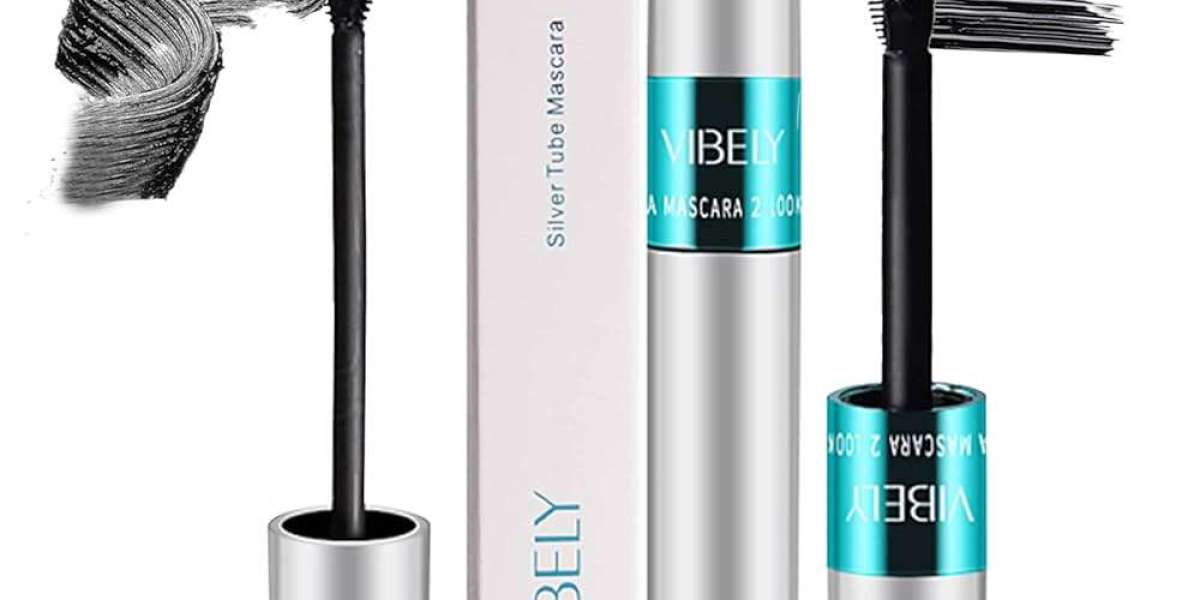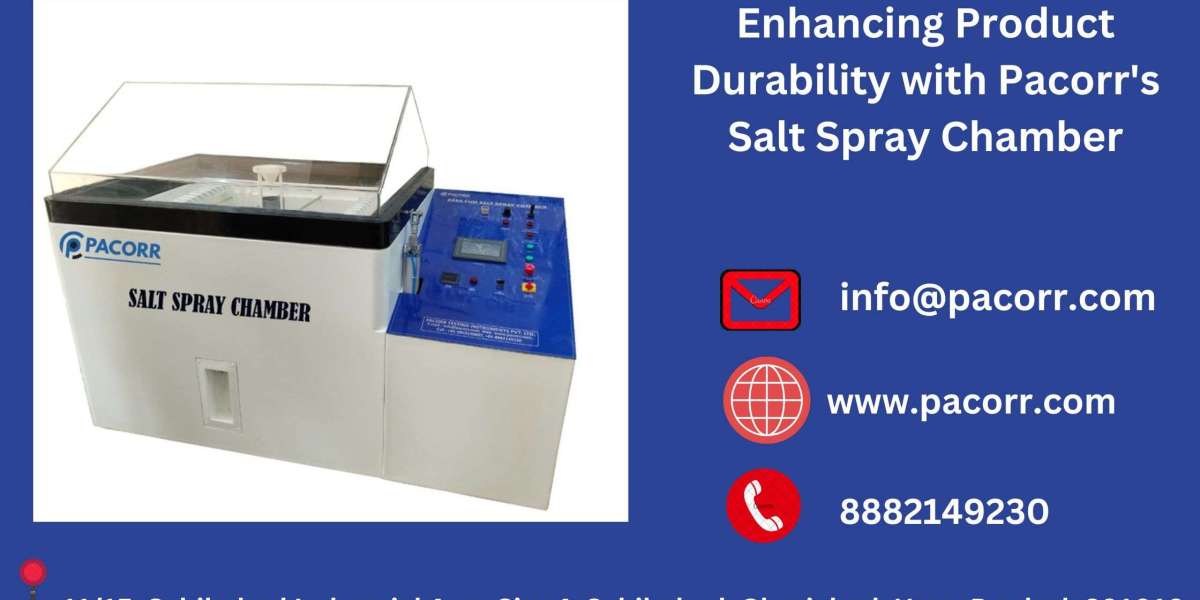Think your Biomaterial Wound Dressing is safe? Discover the truth about proper disposal, replacement timelines, quality standards, required training, and what the government actually regulates.
How to dispose of Biomaterial Wound Dressing safely?
Dispose of used dressings as medical waste to prevent infection risk. Place them in a sealed biohazard bag or container, following local regulations. Do not reuse or dispose of in regular trash. Hospitals or clinics often provide disposal services. Check with your healthcare provider or local waste management guidelines for proper disposal procedures to ensure safety and compliance.
What training is required for Biomaterial Wound Dressing?
Applying requires training in wound care, typically provided to nurses, wound care specialists, or physicians. Training includes wound assessment, cleaning, and proper dressing application techniques. Home caregivers may receive guidance from healthcare providers on sterile procedures and monitoring. Certification programs, like those from the Wound Healing Society, enhance expertise. Basic training ensures safe and effective use for optimal healing outcomes.
How often should Biomaterial Wound Dressing be replaced?
They should be replaced every 1–7 days, depending on the dressing type and wound condition. Alginate dressings may need daily changes for high exudate, while hydrocolloids can last up to a week. Follow healthcare provider recommendations and manufacturer guidelines. Regular monitoring for exudate, infection, or healing progress determines replacement frequency to maintain an optimal healing environment.
What are the quality standards for Biomaterial Wound Dressing?
Quality standards include FDA or CE certification, ensuring safety and efficacy. They must meet ISO 13485 for medical device manufacturing, ensuring biocompatibility, sterility, and performance. Standards cover absorbency, tensile strength, and antimicrobial efficacy. Manufacturers like 3M adhere to Good Manufacturing Practices (GMP). Check for FDA approval or equivalent regional certifications to ensure high-quality, reliable dressings for wound care.
How is Biomaterial Wound Dressing regulated?
They are regulated as medical devices by the FDA in the U.S. under Class I or II, depending on complexity. They require prenotification (510(k)) or approval for safety and efficacy. In Europe, CE marking ensures compliance with EU standards. Regulations cover biocompatibility, sterility, and performance. Manufacturers must adhere to ISO 13485 and GMP to ensure quality and safety.










